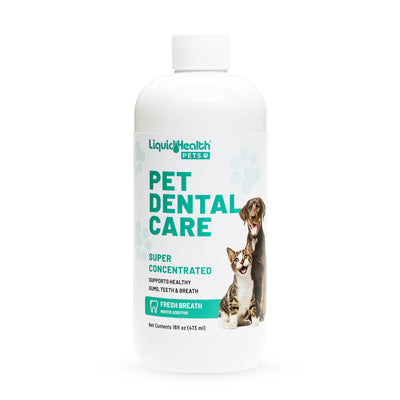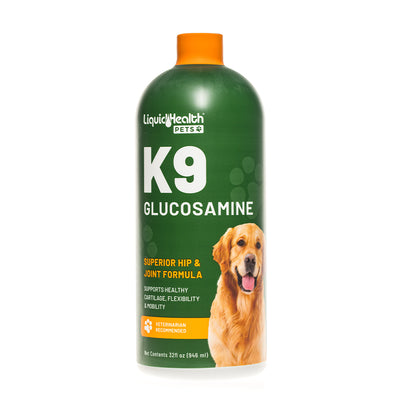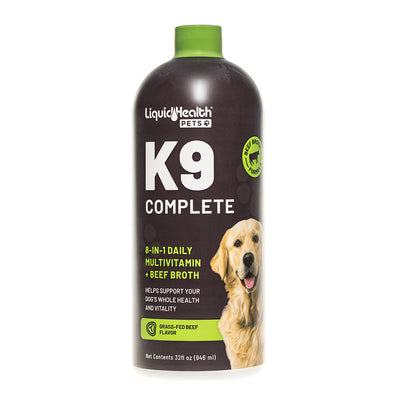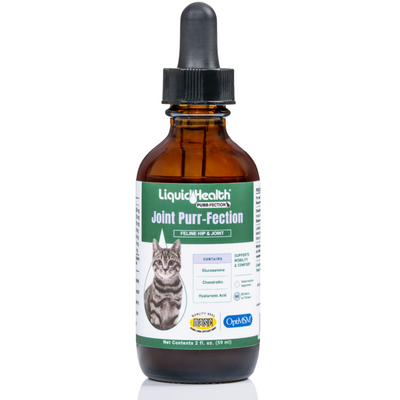If you are a dog owner who has noticed that your dog has been itching, biting and fussing, even more so than usual, it's quite understandable that this may be causing both you and your scratching dog a great deal of discomfort. However, if your dog is itchy, there's a high chance that your dog has a hot spot and may more than likely need a dog hot spot application. In this overview, we'll take a look at why a scratching dog indicates that they may be experiencing a hot spot, what causes hot spots, as well as an effective application solution that can alleviate your dog's symptoms.
What Are Hot Spots?
As mentioned before, if you have a scratching dog, who continuously scratches themselves, hot spots may be the reason why the dog is itchy. Hot spots are categorized by the Veterinarian community as being a dog's version of eczema. Typically, hot spots also known as moist eczema, may seemingly appear anywhere on a dog's body and can cause the affected area to deteriorate. Once a hot spot or several hot spots manifest themselves on your dog's skin, the surrounding fur will dissipate and a large patch of raw skin will be visible. The affected skin area, may appear to be moist, reddened and oozing as well. This patch of affected skin is extremely uncomfortable and very itchy for the dog and as such, you may notice that your dog will continuously scratch a specific area on its body. The thing about this condition that makes it so saddening is that since the affected skin becomes raw and moist, dogs have a tendency to lick raw wounds. Due to this tendency, these dogs may lick and chew their hot spots which furthermore worsens the condition significantly.
What Causes Hot Spots?
The thing that's so interesting about hot spots is that even though it may be the reason why your dog is itchy, its itchiness in the first place is what causes it. Let me elaborate. Hot spots are like a dog's version of eczema. As is the case with human eczema, things from the environment may cause a hot spot breakout in dogs, such as food, fleas, mites, and insect bites. These environmental issues may cause your dog to itch its skin allowing the skin to become inflamed. Once the skin becomes inflamed, as a result of your dogs itching in response to an allergy, bacterial infection within the skin rapidly develops and essentially causes the moist, oozing appearance. The problems associated with this condition causes your scratching dog to itch even more so, as it feels the discomfort that's associated with the bacterial infection that continuously spreads.
How to Locate Your Dog's Hot Spots
Even though some hot spots may be noticeable, the size of a hot spot is entirely dependent on the severity of the infection. For example, hot spots have the ability to spread over the entire surface of a dog's body if left unchecked. However, in its early initial stages, as your dog itches and ultimately aggravates it, it may be no larger than the size of a small quarter. When it comes to locating hot spots in their early stages, pay close attention to the areas that your dog is scratching and investigate the skin beneath the fur of the area that you see your dog itching. It's also worth noting, that the discomfort that's associated with hot spots is the reason why your dog is itchy. Avoid all instances of touching the affected area because it may cause your dog a great deal of discomfort.
Dog Hot Spot Application When My Dog Is Itchy
The primary goal of a dog hot spot application solution is to do three things, which are to fight the infection and to alleviate the itching and issues associated with the infection. The first step of the dog hot spot application process consists of the clipping of the surrounding hair, so that the area can be initially cleaned prior to the application. Once the area has been cleaned and the hair that surrounds the affected area has been clipped, a topical solution needs to be applied that will kill the bacteria, as well as alleviate discomfort. Prime examples of topical applications include sprays, creams, ointments or commercially available products such as Vetericyn liquid and hydrogel. Once a topical solution has been applied to kill the bacteria, oral antibiotics, are typically prescribed for a period of 3-5 weeks, as well as a short course of prednisone, which relieves itching and discomfort. In some cases, antihistamines may also be used to help your scratching dog as well.
Hot Spots No More
Hot spots are no fun whatsoever. If you are finding that your dog is constantly scratching, look into a dog hot spot solutions these hot spots from ever happening. In the end, both you and your dog will find comfort and pleasure within yourselves and no longer have to fuss about the discomfort of constant itchiness.





